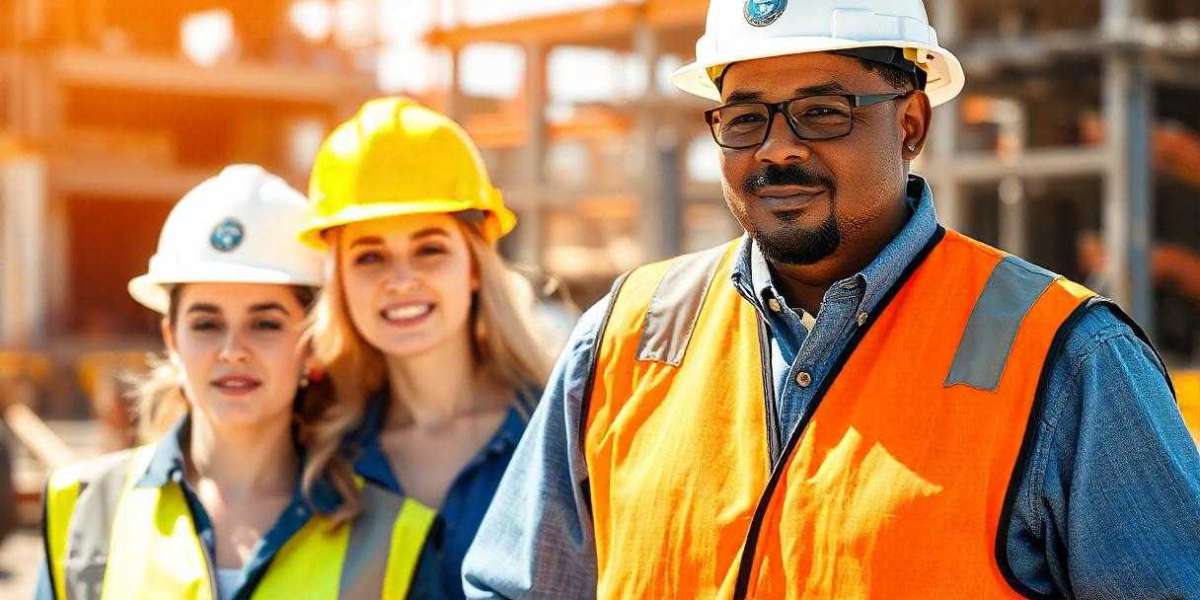Workplace safety isn’t just about hard hats, safety signs, or even checklists. It’s about the people who work there and the behaviors they show every day. One of the most effective — yet often overlooked — tools in building a strong safety culture is peer accountability. When team members watch out for each other, safety becomes a shared responsibility, not just a management rule.
Imagine a construction site. You’ve got the safety officer reminding people to wear harnesses, but it’s your coworker who notices when someone forgets to clip in. That’s where peer accountability shines. It helps reinforce safe behavior in real-time — in a way that feels more natural and less forced.
The Human Side of Safety
People respond differently to authority than they do to their peers. When a supervisor points out a safety mistake, it might feel like punishment. But when a coworker says, “Hey, I noticed you didn’t wear your gloves — you okay?” it feels more like concern than criticism. That’s a big reason why peer accountability is such a powerful force in behavioural safety programs.
Many workplace accidents don’t happen because people don’t know the rules. They happen because of shortcuts, distractions, or pressure to get the job done faster. In these moments, peers can act as a buffer — a gentle reminder or a firm nudge back on the safe path.
How Behaviour Shapes the Safety Culture
Behavioural safety programs focus on the choices people make on the job. These programs aim to understand why workers take risks and what can be done to encourage safer decisions. But here’s the catch — behavior can’t change in isolation.
It’s one thing to teach workers the right way to do something. It’s another to build an environment where doing the right thing is the norm. That’s where peer accountability becomes critical. It takes the lessons learned in safety meetings and puts them into action, right on the shop floor or field.
When workers look out for one another, it sends a message: “We’re all in this together.” This sense of shared responsibility builds trust, loyalty, and ultimately a safer workplace.
A technician once shared how a close call with an electric panel made him careless — until a colleague pulled him aside and reminded him, “We’ve got families waiting for us at home. Don’t risk it.” That moment stuck with him more than any formal training session ever had.
Why Top Safety Courses Emphasize Human Behavior
If you’ve ever taken a structured program like a NEBOSH course, you’ll know that these certifications don’t just teach laws and regulations — they highlight real-world scenarios and human decision-making. In fact, behavioural safety and peer accountability are often core topics because they reflect the day-to-day realities of work environments.
These globally recognized safety qualifications are designed not only to train safety officers but also to help organizations build proactive safety cultures where peer involvement is central. When team members feel empowered to speak up, the entire workplace becomes more resilient to hazards.
Building Peer Accountability: A Step-by-Step Guide
You don’t need a massive shift in company policy to start encouraging peer accountability. Sometimes, it starts with a conversation — or a simple habit.
1. Start With Awareness
Begin by helping employees understand that behavioural safety isn’t just about them — it’s about everyone. Use toolbox talks, short videos, or real-life examples to show how small actions (or inactions) can lead to big consequences.
2. Normalize Speaking Up
Make it normal — not awkward — to remind a coworker about safety. Create role-playing activities where workers practice how to point out unsafe behavior in a respectful and helpful way. If people feel supported instead of scolded, they’ll be more open to feedback.
3. Recognize the Positive
Celebrate when someone calls out unsafe behavior in a positive way. Recognition doesn’t always mean rewards — a shout-out during a morning meeting or a thank-you note on a noticeboard can go a long way.
4. Pair Up Mentors
New employees often learn more from peers than from manuals. By pairing them with experienced mentors who model safe behavior, peer accountability becomes a part of the learning culture from day one.
5. Review and Reflect
Encourage teams to reflect on incidents or near-misses together. Let everyone share what they saw, what could’ve gone wrong, and how it could be prevented. These shared learning moments strengthen team bonds and sharpen everyone’s safety instincts.
The Role of Trust in Peer-to-Peer Safety
Let’s face it: calling out a coworker on unsafe behavior isn’t easy. It requires trust. If there’s fear of backlash or tension, people will stay silent — and that silence can be dangerous.
Leaders can build this trust by setting the tone. When supervisors model the kind of open, respectful communication they expect from the team, it encourages others to follow. Workers should know that their feedback is valued and that speaking up is a sign of strength, not defiance.
One worker once described how a younger teammate reminded him to wear a dust mask while cutting tiles. At first, he laughed it off. But later, he thanked the younger man for having the courage to speak up — and started keeping extra masks in his truck.
From Individual Actions to Collective Safety
Every safe behavior counts. When multiplied by an entire team, these behaviors can shape a culture that actively resists hazards — from chemical exposure to trip risks and heavy machinery.
It’s also important to remember that peer accountability doesn’t replace leadership. It complements it. Supervisors still need to set standards, conduct training, and enforce rules. But peer involvement fills the gaps between formal checks, creating a 24/7 safety net.
This is especially important in high-risk sectors like construction, mining, manufacturing, or energy, where even small mistakes can lead to serious consequences. Here, behavioural safety isn’t just a policy — it’s a way of life.
Overcoming Challenges and Resistance
No system is perfect. Some employees may resist peer accountability at first, especially if they’re used to working independently or dislike being corrected.
To overcome this:
- Introduce the concept gradually. Start with group discussions instead of individual corrections.
- Involve everyone. Get feedback from all levels of the workforce to build a sense of ownership.
- Make it part of daily routines. Include peer check-ins before high-risk tasks, or assign “safety buddies” for specific jobs.
By embedding peer accountability into the flow of work, it becomes second nature.
What Happens When We Get It Right?
When peer accountability works, it becomes invisible — just part of the way things are done. Hazards are spotted earlier. Injuries go down. Morale goes up. And importantly, safety isn’t seen as a box to tick — it’s something people truly care about.
Organizations that succeed in this area often find their safety stats improving, but more importantly, they build workplaces where people feel valued, supported, and safe.
Want to learn how formal safety education supports behavioural change in the workplace? You may want to explore what a NEBOSH course offers. These globally recognized qualifications can prepare you to lead safety programs and create a stronger safety culture.
Read more on Safety Officer Course in Multan.
Final Thoughts
Peer accountability in behavioural safety isn’t about policing each other. It’s about protecting each other. It transforms safety from something you’re told to do — into something you believe in. When coworkers watch out for each other, they build a workplace that doesn’t just avoid accidents — it thrives on trust, care, and teamwork.
If you're looking to take your safety program to the next level, start with the people. Empower them, involve them, and give them the tools to hold each other accountable. Because at the end of the day, it’s not just about following rules — it’s about making sure everyone gets home safe.














